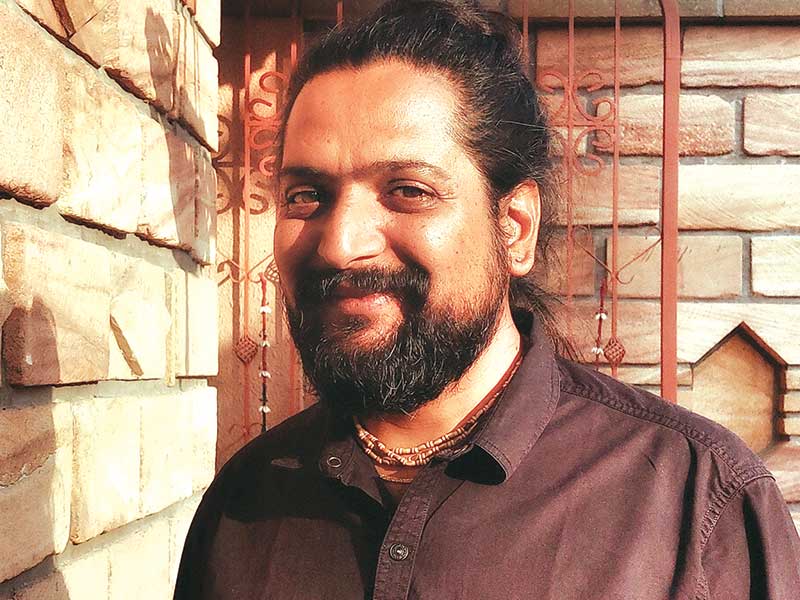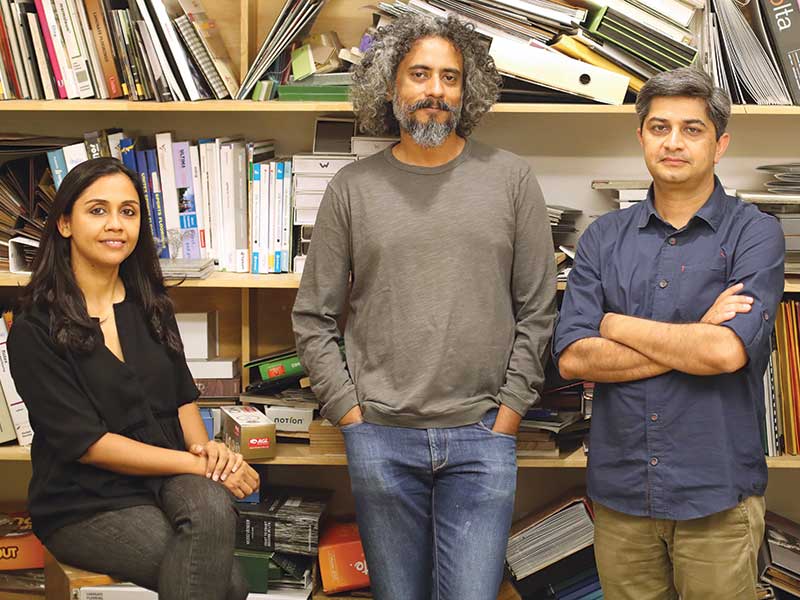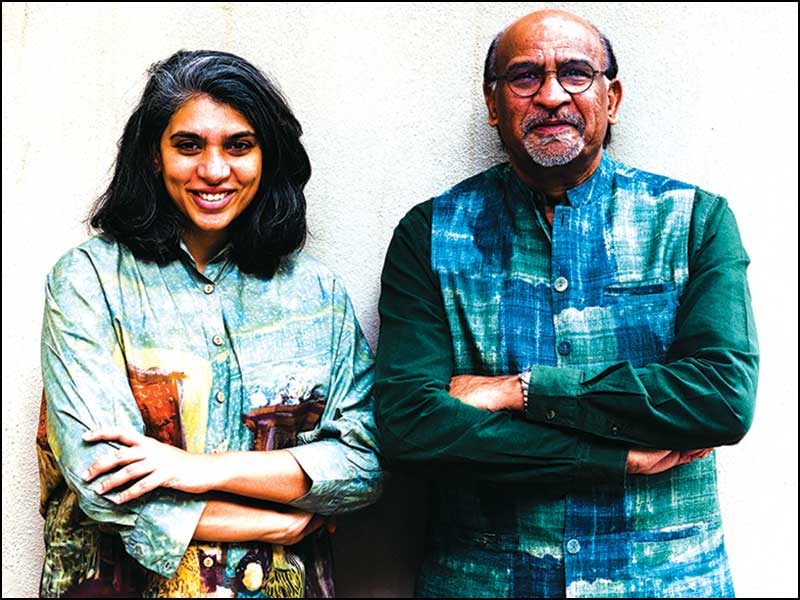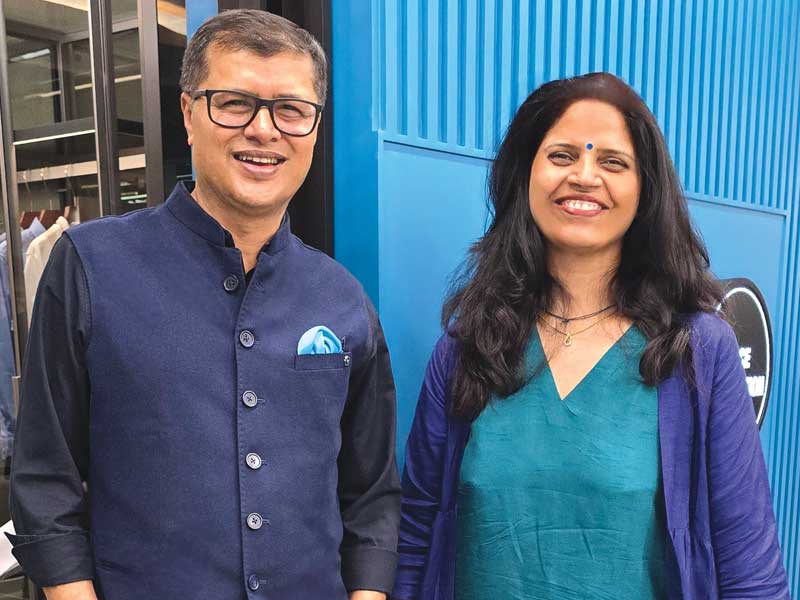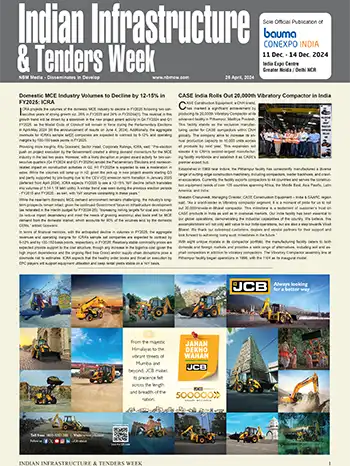
The Indus Valley Civilization in retrospect had one of the first modern smart cities to be ever built in human history. Our ethnic architecture served the principles of sustainability, survival techniques for climate change, and adaptability to future trends of design changes. Our own temples and public architecture have been a unique exercise in city planning, architectural expression, and fractal geometry set in natural stone and other natural materials.
The invasions from various other cultures again contributed to the richness of Indian architecture. Both middle eastern and colonial architecture in India have left architectural legacies that have become wonders of the world. Post-Independence saw yet another tectonic shift of architectural styles that bloomed to define the contemporary skylines of our dynamic cities.
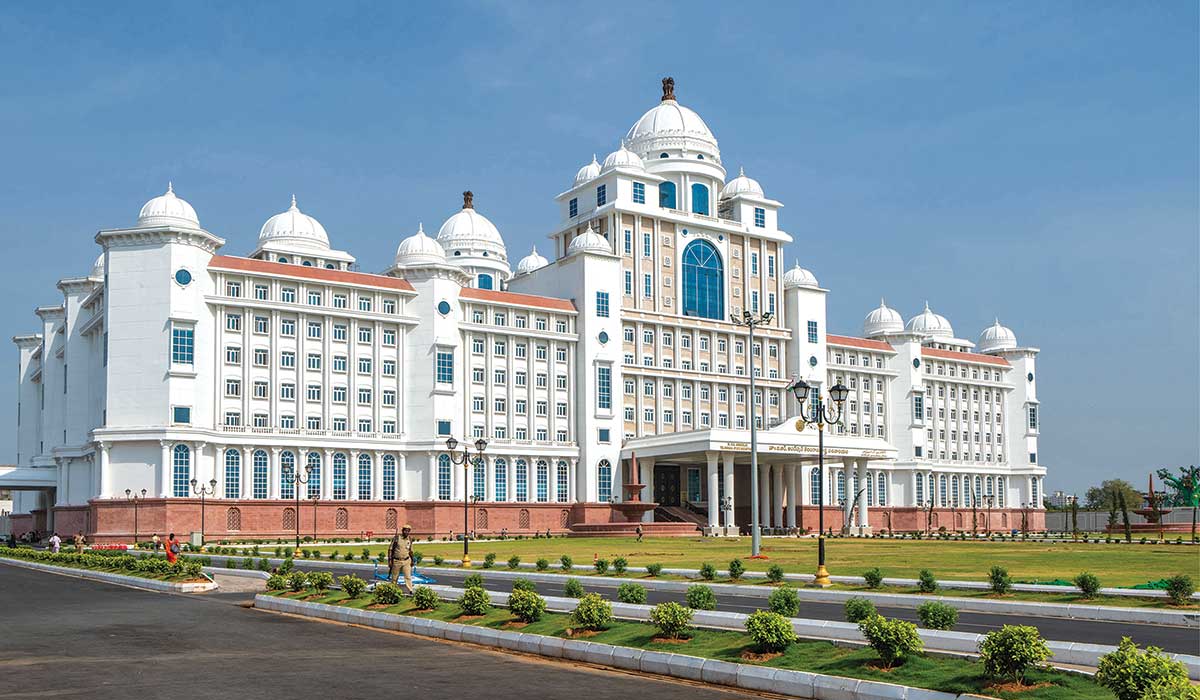
India is probably one of the very few countries that has had a rich collection of historic and contemporary architecture that no other country has. It is this phenomenal fountainhead of unique architectural treasure trove that Indian architects of today and the future generation can glean from and be inspired to create new gems of architecture that reflects the past and looks towards the future.
However, new challenges of today such as climate change, rising cost of energy, and the Covid pandemic have led to architects increasingly designing buildings that have to be energy efficient and sustainable. The opportunities that Indian architects have today is immense in terms of both international and national architectural practices thanks to globalization. The interface of new materials, engineering techniques and innovation is tremendous. The influx of technology transfer, digitization, artificial intelligence, and other innovation will be the main drivers of innovative design.
Globalization is good but it has created an identity crisis in Indian architecture that negates the very identity of being Indian. There is a mindset that creating cookie cutter contemporary buildings that resonates with “international architecture” keeps the competitive edge in the international arena, but this has robbed the cultural identity of what is essentially Indian.
Our own educational system is based on the western system, and we may want to introspect on our own architectural history that can give solutions to the future. Celebrating our cultural identity and studying our own historical design vocabulary may offer clues to create a sustainable built environment which will be resilient and serve as a beacon of inspiration to create a new and exciting future.


